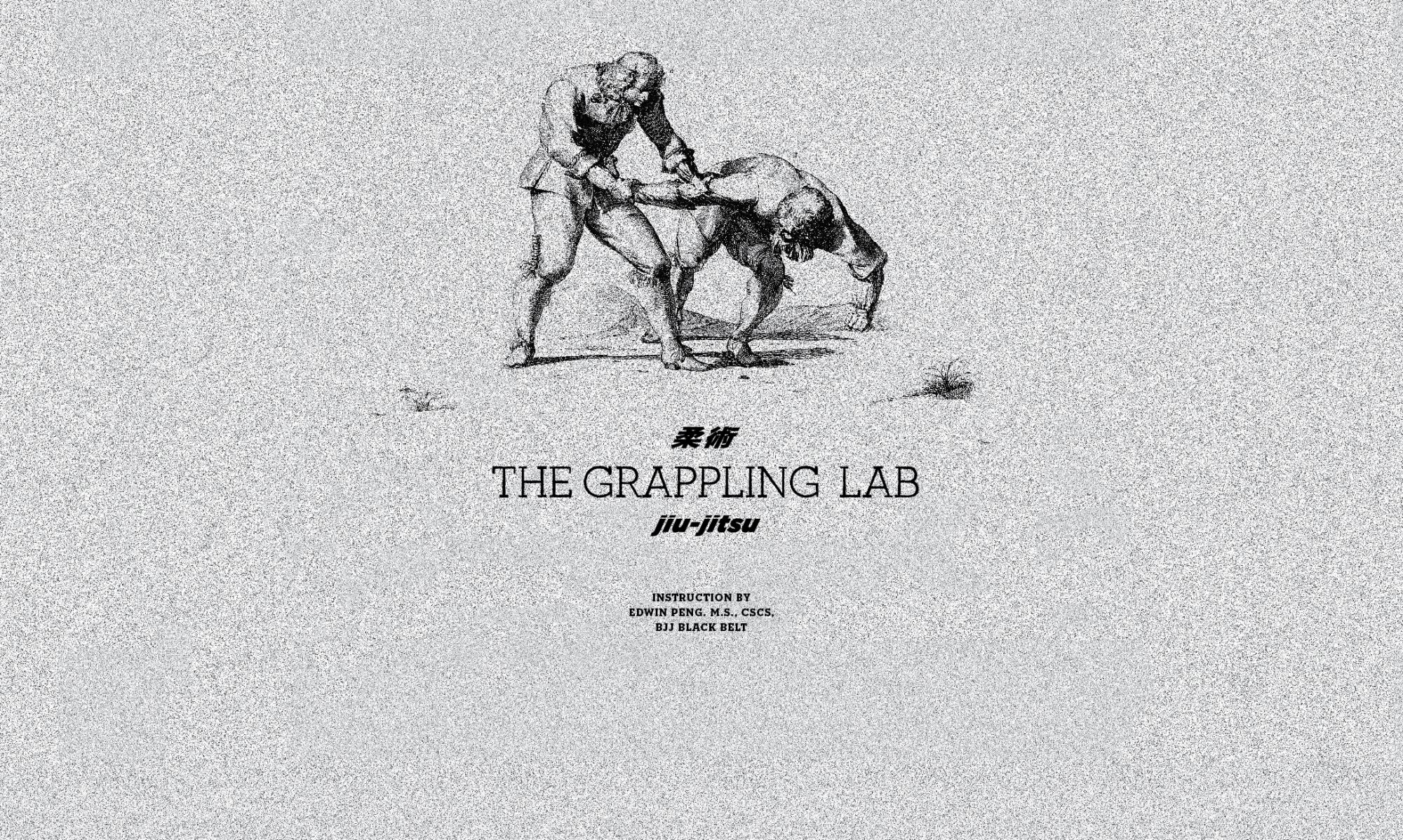BJJ is a unique martial art due to the testing of abilities being an inherent part of the martial art. Tests occur every training session during live rolling. Love rolling serves as both a form of practice and also as a skill retention test. Many students will also take part in tournaments where they will test their abilities against opponents of similar skill level (belt color).
The student’s knowledge of a technique can be tested by their execution of the technique on a passive partner, then during a live rolling situation, and then finally with execution of the technique during a competition setting. The skill level of an individual can be easily assessed by their performance in these setting. However, sometimes it will be useful for you to test a student on a specific technique.
A retention test is a test used to assess how much learning a student has for a very specific situation. While a student may be able to perform a scissor sweep during practice after being shown the technique, it will be harder for the student to perform the same sweep after a period of no instruction. A instructor can test how well a student has retained a technique by asking them to perform the same technique after a period without instruction. One way to do this is to teach a new technique every day and have students drill the technique during the day. Then after a week or several weeks, test the student by having them perform said technique without prior instruction. A student who can perform the technique after a long period of not using the technique will have “learned” the technique.
A retention test can be used to assess the learning of a single maneuver. While this is useful for lower belts, the utility of this type of test is limited and fails to provide valuable insight for more experienced practitioners. The reason should be obvious – a retention test is limited to a single maneuver done at a single time. BJJ is a dynamic sport in which both practitioners possess agency. The sport is controlled chaos, and a practitioner will never be in the perfect position to execute a technique unless they force the position. This leads us to the use of a transfer test:
Transfer test is a test used to assess how well a learned technique can be applied in different situations. The most basic transfer test we can use is having the practitioner perform the technique against different opponents. We can test a skill during different levels of aggression of the opponent. For instance, while trying to perform a scissor sweep, we can have the opponent resist the sweep only, or resist the sweep and try to pass. The ultimate transfer test for our advanced practitioner is to have them try to perform a technique during live training.


